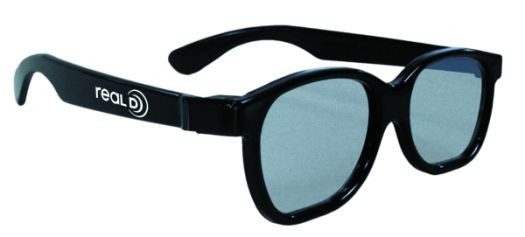Yesterday at the SID show in Los Angeles, Samsung and RealD announced a joint licensing agreement to manufacture display panels which feature a new jointly developed 3D display technology. The technology, which combines elements of active shutter 3D and passive 3D display, will deliver full resolution 3D images to each eye utilizing passive RealD 3D cinema glasses.
Originally announced and shown in prototype form at the Consumer Electronics Show in Las Vegas in January, the new technology is expected to be available in small PC monitors (23 to 27 inches diagonally) in early 2012. Following that the companies intend to develop the display for home use in larger sizes including the popular 55-inch diagonal screen size.
When Avatar director James Cameron gushed about passive 3D TV earlier this year at the NAB (National Association of Broadcasters) show, we were wondering why the director, known for his attention to detail and quality, was espousing the virtues of a technology that is currently limited to half resolution HD. But a hybrid 3D TV display such as this, which combines the resolution of active 3D with inexpensive, light 3D glasses just may prove to be the best of both worlds.

Unlike current passive 3D TV sets from LG and VIZIO, which use a polarized coating on the screen to separate out the left and right images (which cuts picture detail in half), this newly announced technology will present a full HD 1080p image to each eye. It does so by moving the active shutter technology from the glasses into the TV itself. An active polarizing filter in the TV set will assure that the left eye image of the full HD 3D signal is polarized in one direction, while the right eye image is polarized in the other. This allows the viewer to use standard inexpensive polarized passive 3D glasses -- like those found in 3D cinemas -- to view the 3D image.

More Information: